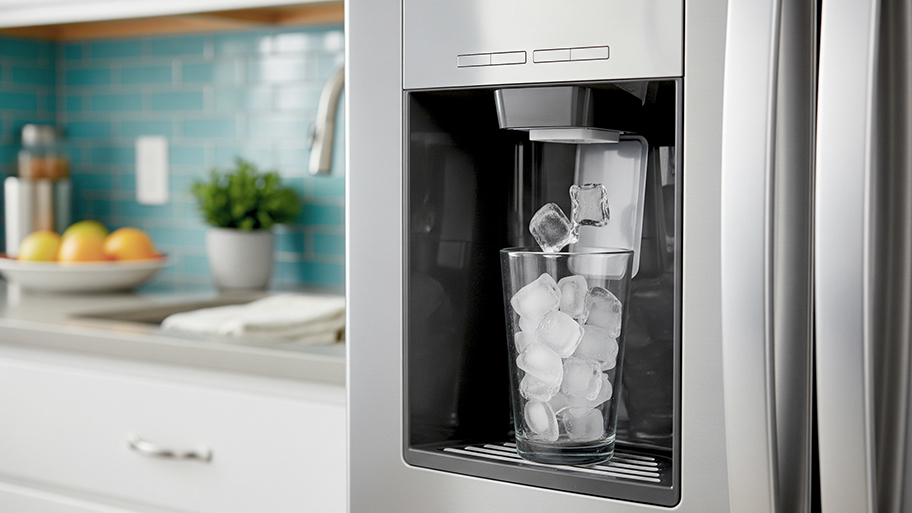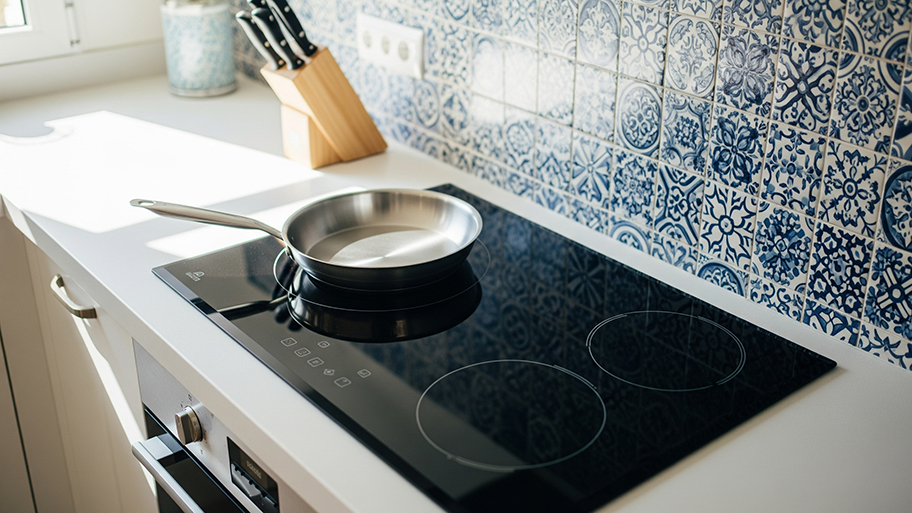
Dryer repair costs as little as $10, but sometimes, replacing your dryer is more cost-effective. But if you have to make repairs, here’s how much it’ll cost.
Banish freezer frost the right way


Most newer refrigerators and freezers have an automatic defrost mode, but you still may occasionally end up with frost buildup. If you have an older model, you’ll need to know how to defrost a freezer manually on a regular basis. Fortunately, this is not difficult but can be messy. Removing frost can be time-consuming, but it’s worthwhile to have a clean freezer where everything fits properly. Leave the process of building ice for your kids’ homemade popsicles, not for your freezer compartment.
Unload the freezer before you start defrosting it. If you have a second freezer, place as many items in it as possible. Otherwise, pack them as tightly as possible in a high-quality cooler. Your defrosting job should take about three hours.
Don’t have much cooler space? Eat some of the food out of the freezer over a few weeks before you defrost it. Also, you can declutter and discard old items out of the freezer during this process. After all, what’s smarter than doing two jobs at once?
We will list the general steps for defrosting a freezer, but you should follow the instructions in the owner’s manual for your model.

Unplug the freezer from the wall outlet. When empty, it may be light enough to move with the help of a second person or an appliance dolly. If you can carry it outdoors or into a walk-in shower, this will reduce the mess from melted frost and water.
If you can move it to an area where you aren’t concerned about water spilling, skip ahead to the third step. If not, follow the process in the next step to minimize the problems with water spilling.
As the frost melts and falls, water and icy chunks create a mess. Some will inevitably leak out of the freezer compartment onto the floor. Have someone help you place a plastic drop cloth under the freezer. Place rolled-up towels around the drop cloth to keep water in place.
Some freezers may have a drain area in the bottom of the compartment, where you can hook up a hose. Place the hose in a bucket to catch excess water.
If your freezer does not have a drain hole, use a shallow pan at the bottom of the freezer to catch the water and icy chunks. Dump them in your sink periodically after the pan fills.

Prop open the freezer door to speed up the melting process. If you have plenty of time, you can allow the frost to melt at its own pace. This can take a couple of hours if the frost is not too thick or up to 24 hours if it is an inch or thicker.
If you can’t wait for the frost to melt on its own, take these steps:
Point a floor fan into the freezer to circulate room air. This will speed up the process.
Heat up a bowl of water in the microwave, then place it in the bottom of the freezer. This will introduce steam.
Use a hair dryer on a low setting to melt the ice faster.
For thick frost, use a chisel and hammer to knock some of it loose or a plastic or wooden spatula to scrape chunks of it away. If you try to knock the ice loose, do so very carefully. You don’t want to strike the freezer so hard that you’ll break things or puncture the walls.
As you work inside the freezer, your hands will become quite cold from touching frost and icy water. Wear rubber gloves to keep your hands dry and take breaks when necessary.
After the frost is gone, use a towel or mop to remove standing water from the bottom of the freezer.
You can then clean the interior of the freezer, including any shelves or baskets, with a mild cleanser or a mixture of baking soda and hot water. After cleaning, use a dry towel to thoroughly remove any remaining cleaning solution and moisture, or frost will reform quickly.
Use towels or a mop to remove water off the drop cloth. Carefully pick it up and take it outside or into a bathtub to avoid further spills. Have a second person help you, if necessary. Use the towels or a mop again to clean up any remaining spilled water.

Once everything is dry, push the freezer back in place (if you moved it in the first step). Plug the freezer back in and check the thermostat setting.
Check the freezer about 30 minutes later to ensure it is cooling properly. Then refill the freezer. Organize your food so it’s easy to find exactly what you need each time you go in the freezer.
After reloading, leave the door closed for several hours to allow the freezer to reach the desired temperature.
How old is your freezer? Freezers can last from 12 to 20 years, with most models lasting about 16 years on average. Older freezers become weaker as their components age and are more likely to have frosting issues. If it has only been months since you last defrosted your freezer, you might be better off installing a new one. A new freezer tends to be more energy efficient and saves you the headache of having to defrost every couple of months.
You could hire a local freezer repair service team to show you how to defrost a freezer, but most people can do this project on their own.
However, if you believe the frost is building up because the freezer is malfunctioning, then calling for repair is a smart idea. If you are noticing your freezer frosting up and your freezer temperature not holding steady at the same time, then you could have a bigger problem than defrosting can fix.
An appliance repair cost call typically ranges from $100 to $250—far less than losing all your food in a broken freezer to spoilage would cost. The repair team can defrost your freezer as part of the repair process, if you ask.
From average costs to expert advice, get all the answers you need to get your job done.

Dryer repair costs as little as $10, but sometimes, replacing your dryer is more cost-effective. But if you have to make repairs, here’s how much it’ll cost.

Discover the average ice maker repair cost, key price factors, and tips to save. Learn how to budget for your ice maker repair and when to repair or replace.

Broken glass stove tops are not only unsightly; they can also be dangerous. Use this guide to learn how much glass stove top replacements cost based on factors like size and type.

Learning how to remove an oven door makes it easier to clean or repair it. Follow these steps to remove your oven door without damaging it.

Calibrating your oven is usually a simple task you can do in less than an hour. Read here to learn how, no matter what type of oven you have.

You can usually unclog your dishwasher by cleaning the filter and using a DIY solution to clear the drain hose. Learn more with this step-by-step guide.